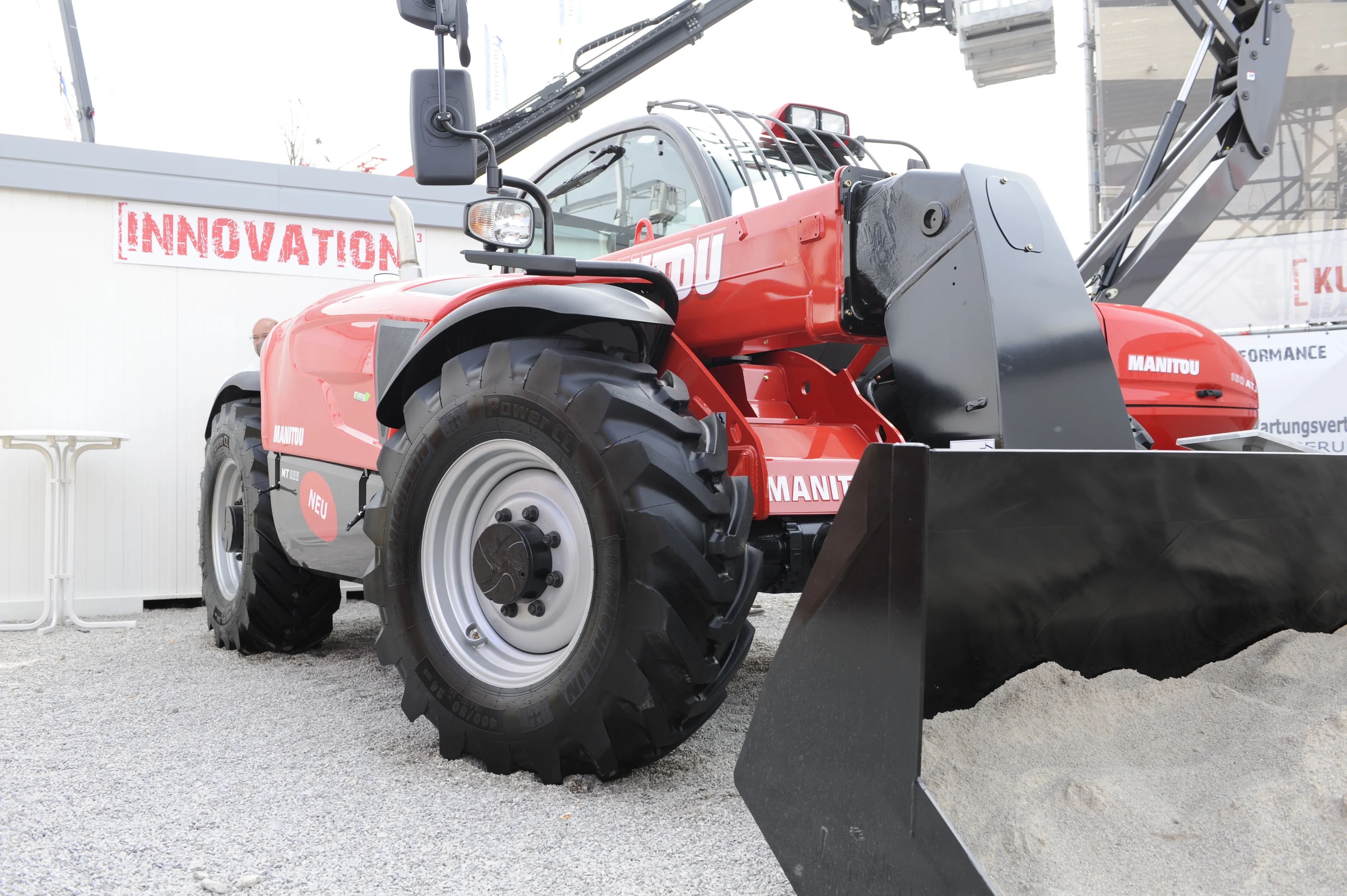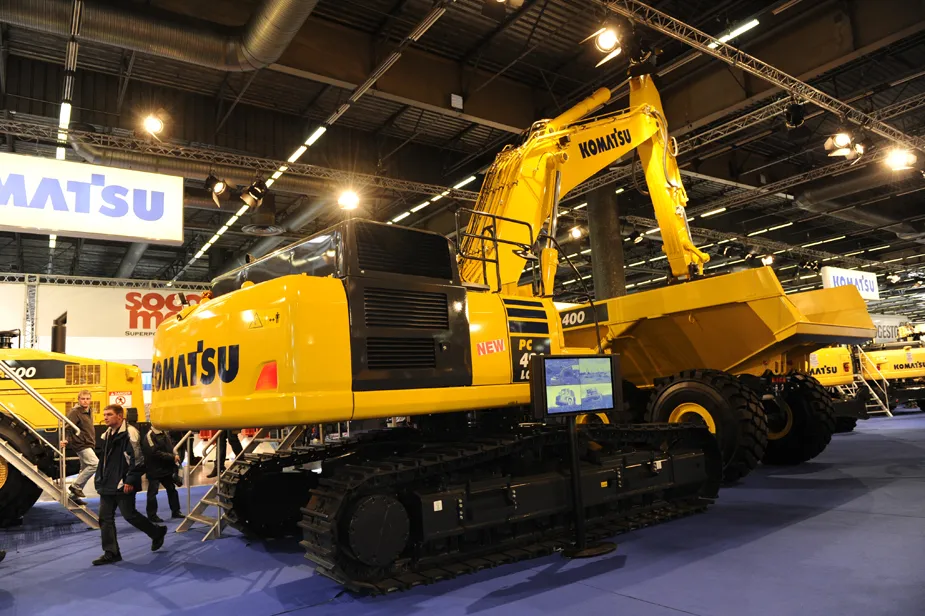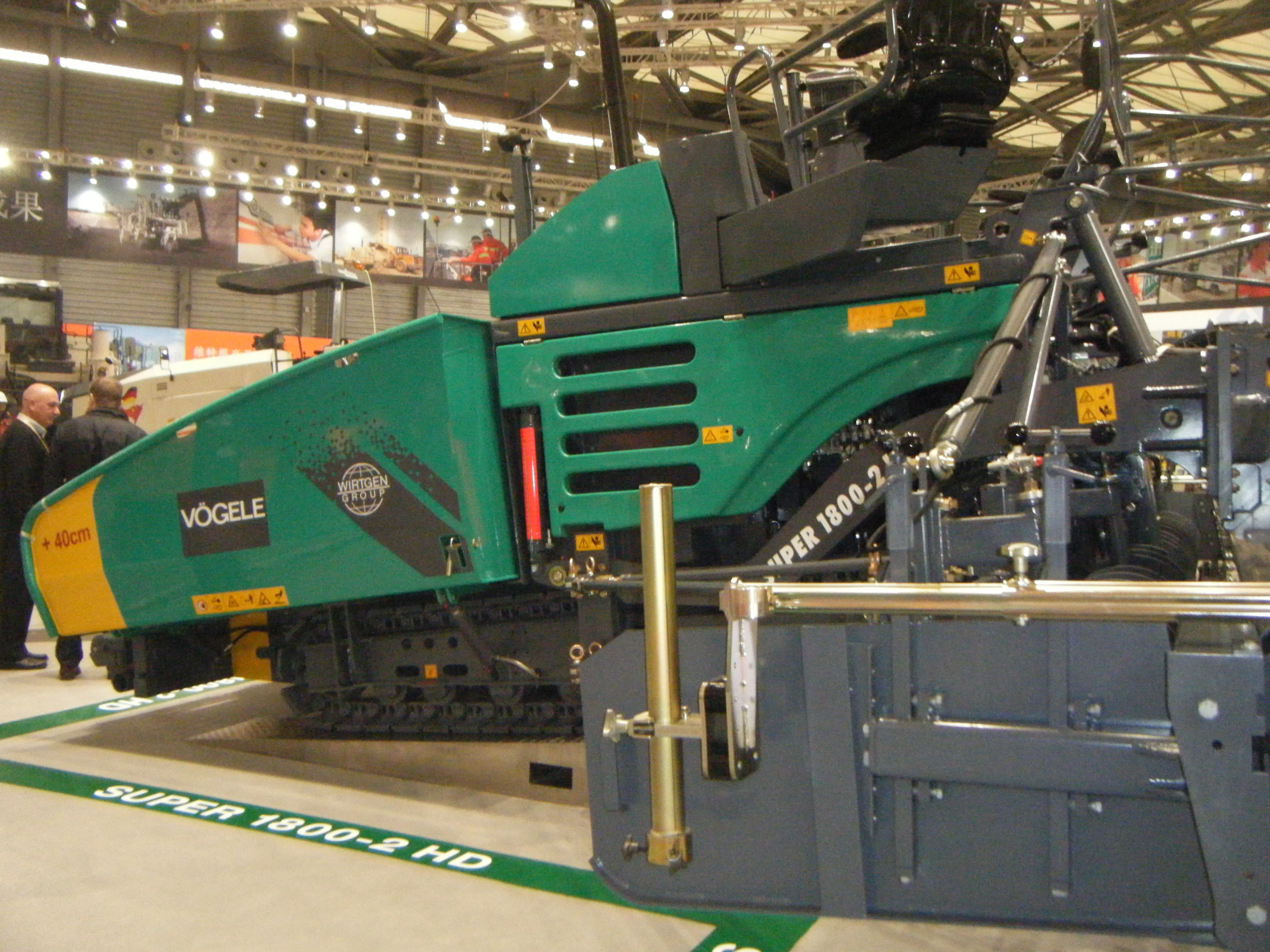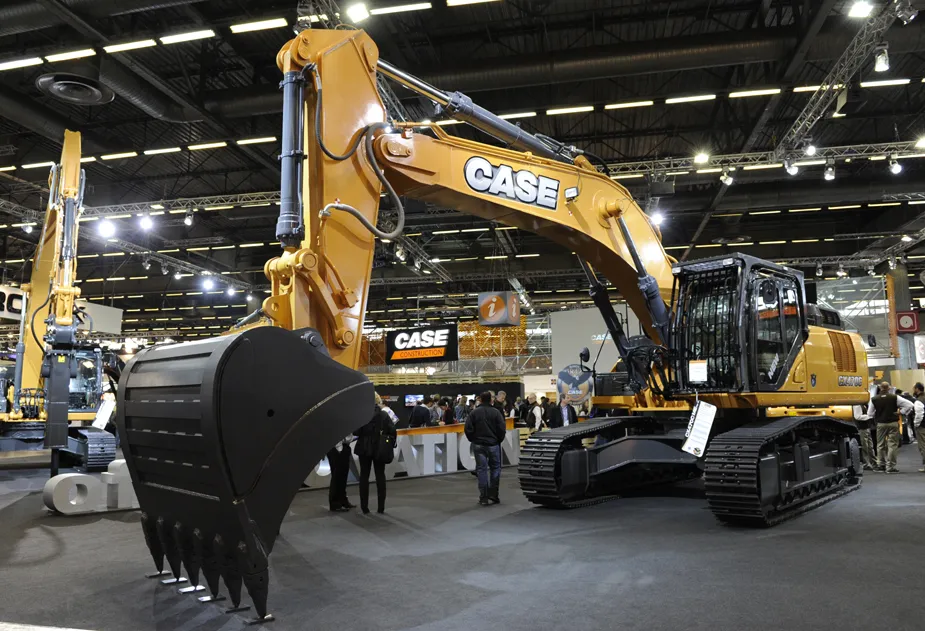Manitou exclusively revealed three new models of fixed telehandler at bauma 2013 – the MT 835, MT 1135 and MT 1335 – with lifting heights of 7.75m, 11.05m and 12.55m respectively. “This series is aimed at the rental market,” said Manitou spokesperson Damien Cocton. “The design of the three models is the same, which helps with the maintenance of the machines. It also helps the operators.” All have identical chassis, boom, engine, transmission and hydraulics. Designed with the construction sector in mind for
January 6, 2017
Read time: 2 mins

“This series is aimed at the rental market,” said Manitou spokesperson Damien Cocton. “The design of the three models is the same, which helps with the maintenance of the machines. It also helps the operators.” All have identical chassis, boom, engine, transmission and hydraulics.
Designed with the construction sector in mind for applications including highway works, the telehandlers are particularly appropriate for confined environments, according to Manitou. Powered by a 100Hp-
The machines’ cabs have also had a redesign. “We improved the comfort in the cabin and added a new dashboard, which gives the driver information about the machine, such as when to change oil,” said Cocton.
For the MT 1135 and MT 1335, stabilisers are available if required. The machines adapt themselves to all ground configurations, up to 10° of correction.
%$Linker:








